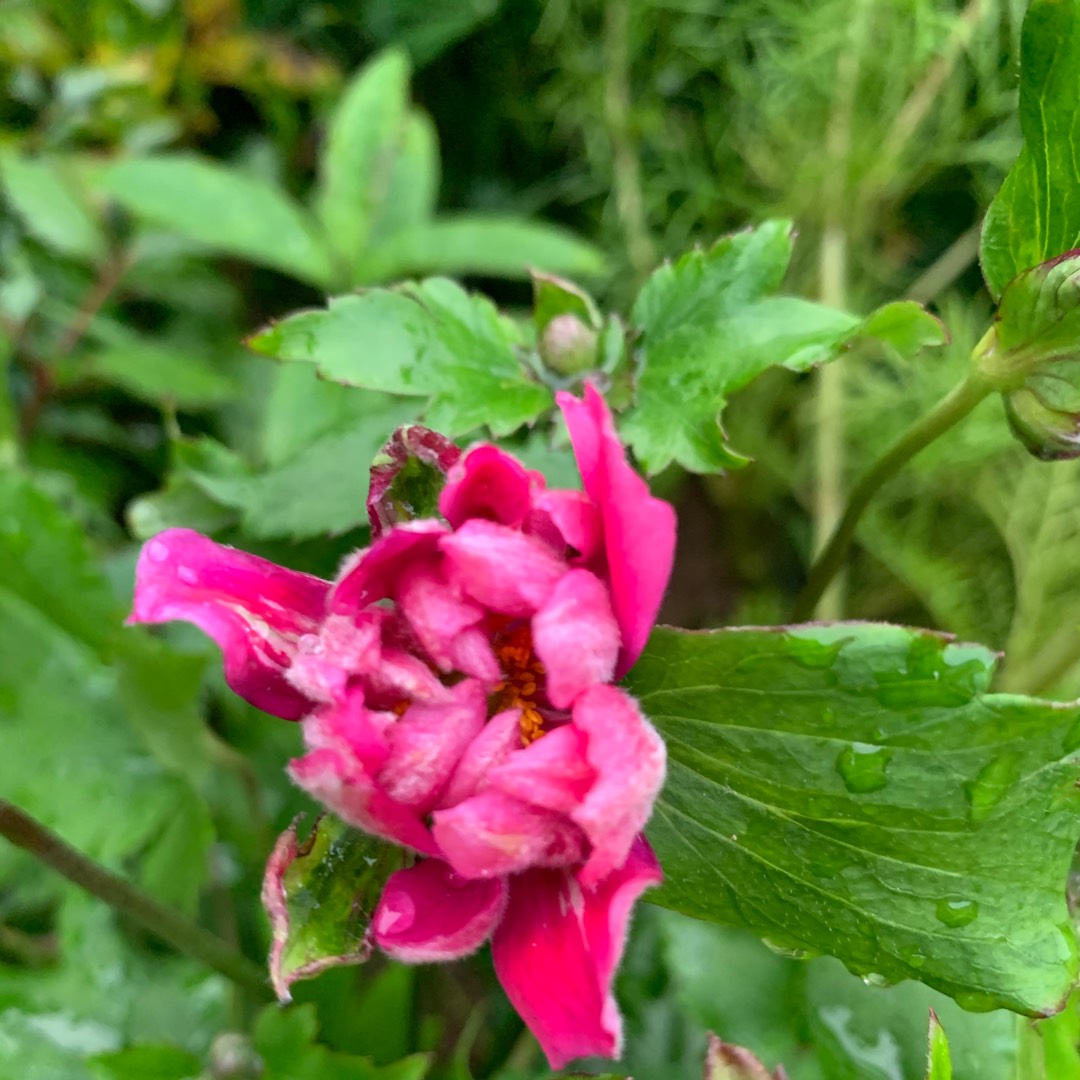
Anemone Hupehensis var. japonica 'Bressingham Glow'
Japanese anemone 'Bressingham Glow'
This erect flowering perennial is a mainstay of the autumn shade border, in bloom from mid to late summer in shades from white through pale to rich pink. The tall varieties should be grown at the back of the border as the foliage is rather coarse. If happy, it will spread all too well, but oddly enough it does not like to be divided and may take a while to re-establish. 'Bressingham Glow' has deeply divided, mid-green basal leaves and, from late summer to early autumn, upright, stems bearing semi-double, deep rose-pink flowers with yellow centres.
-
Full sun to partial shade
-
Occasional watering
-
Full Frost Hardy: 5F (-15°C)
-
Moist and free draining
Common name
Japanese anemone 'Bressingham Glow'
Latin name
Anemone Hupehensis var. japonica 'Bressingham Glow'
type
Herbaceous Perennials
family
Ranunculaceae
ph
5.5 - 8.0 Acid - Neutral
Plant & bloom calendar
-
Best time to plant
-
When the plant will bloom
full grown dimensions
 0.80 M
0.90 M
0.80 M
0.90 M
Anemone Hupehensis var. japonica 'Bressingham Glow'
This erect flowering perennial is a mainstay of the autumn shade border, in bloom from mid to late summer in shades from white through pale to rich pink. The tall varieties should be grown at the back of the border as the foliage is rather coarse. If happy, it will spread all too well, but oddly enough it does not like to be divided and may take a while to re-establish. 'Bressingham Glow' has deeply divided, mid-green basal leaves and, from late summer to early autumn, upright, stems bearing semi-double, deep rose-pink flowers with yellow centres.
Flowering Season
From Mid Summer TO Mid Autumn
It will bloom from mid-summer to mid-autumn in shades from white through pale to rich pink.
Planting
From Early Spring TO Mid Spring
Plant container grown plants or a division of established plants in a sunny position in well-draining soil during Spring.
Propagating by division
From Mid Spring TO Late Spring
Anemone hupehensis can be divided and replanted in early Spring it may take a while to recover. Using a fork dig up plant, trying to keep the root ball as complete as possible. Split the root ball at the centre with a sharp knife or a spade, or by placing two garden forks back-to-back into the middle of the root ball, and pushing the fork handles apart.to lever the root ball apart. Replant the new clumps to the same depth as the original, and water well. Keep well watered until established. (This can also be done in Autumn)








